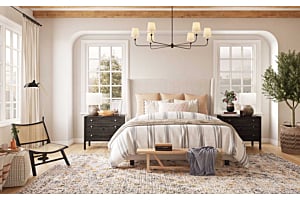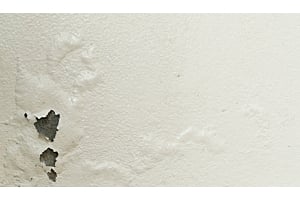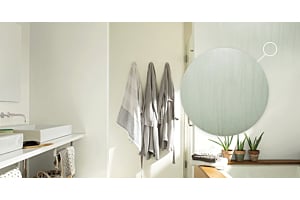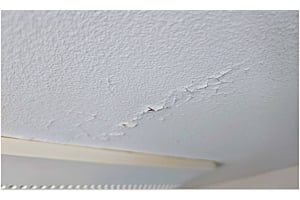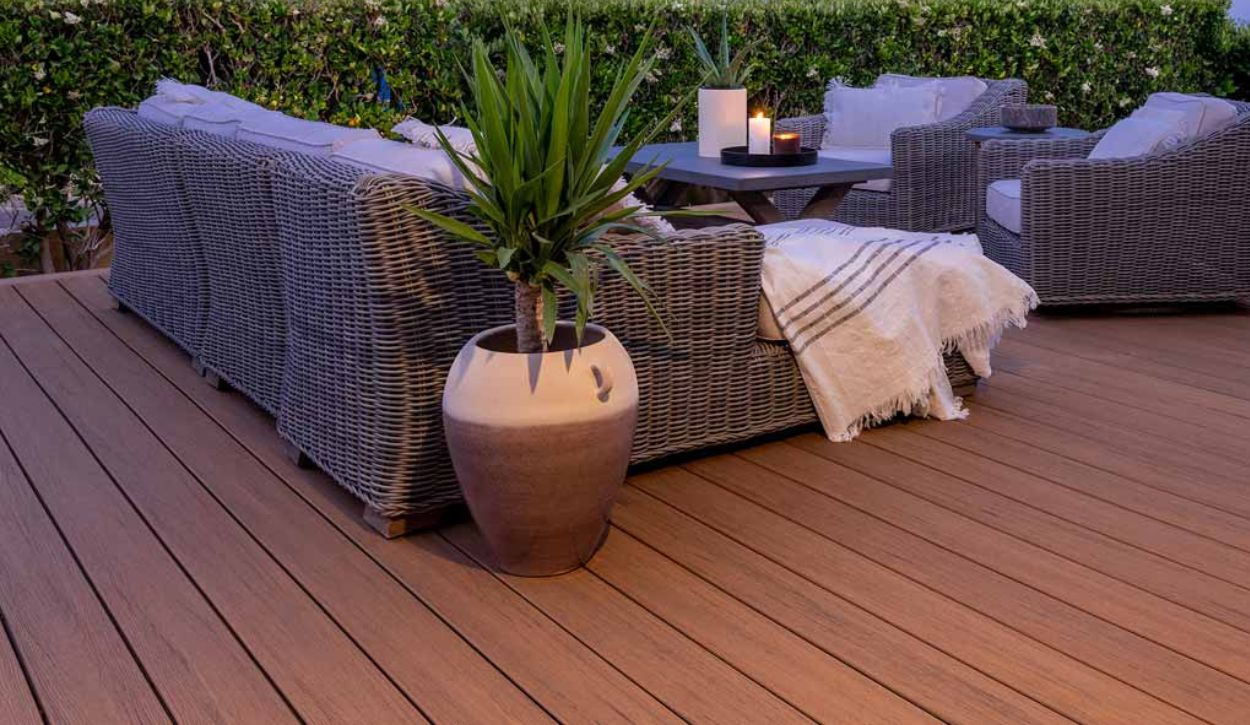
A quality deck is an important part of your home, whether your climate offers a few precious months of temperate weather to be enjoyed to the fullest, or indoor-outdoor living is an integral part of your lifestyle year-round. Homeowners have appreciated the unique look of wooden decks for a long time, but natural materials require continuous upkeep to look and perform their best. Composite decking is a low-maintenance, pleasing alternative that maximizes the life of your outdoor living space and ensures you spend more time enjoying your deck than you do maintaining it.
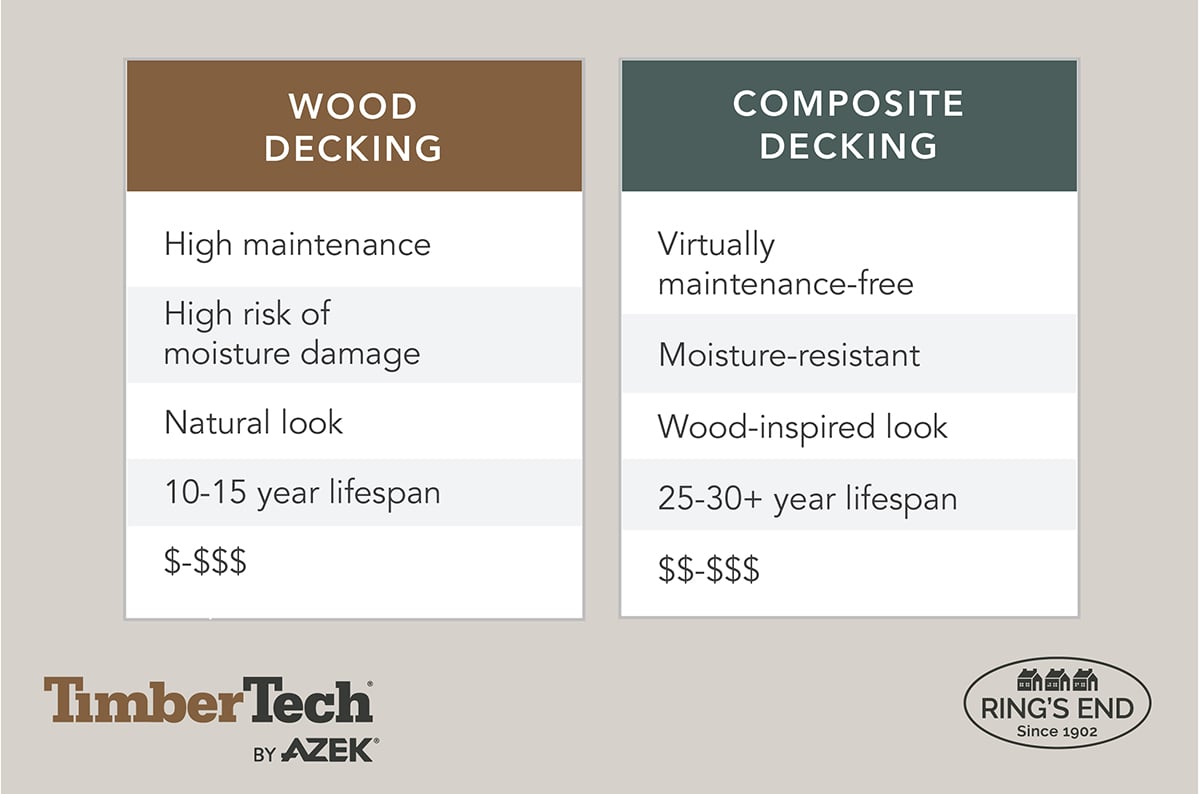
Wood Decking
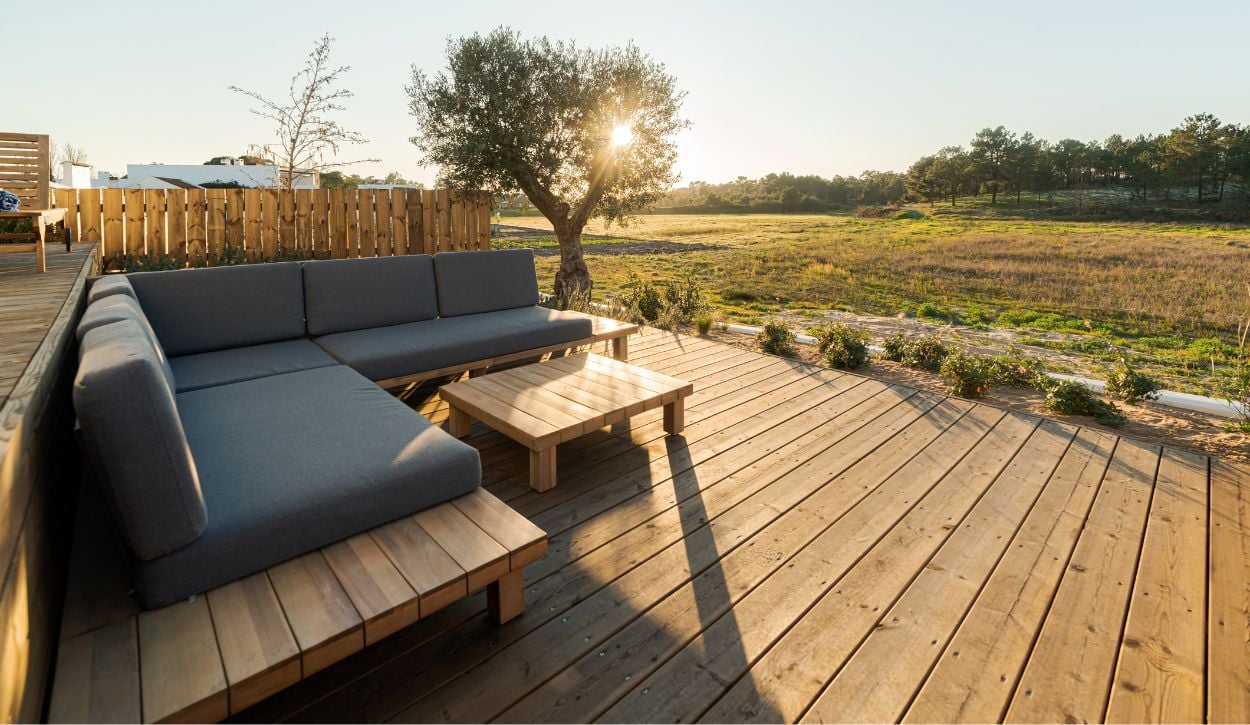
Wood has been the traditional material choice for decks for centuries, and it’s still used to build most new decks today. This is because wood decks start at affordable price points, they’re readily available, and offer a unique, natural look. Read on to learn about the most common categories of wooden decks.
Types of Wood Decks
Pressure-treated wood decks are by far the most common type of wood deck, but there are a variety of options to choose from:
Pressure-Treated Lumber: Pressure-treated decking uses less dense, lower-grade woods infused with chemicals to deter insects. It’s the least expensive wood decking option and is readily available at big-box retailers.
Softwood Deck Boards: Softwoods include pine, cedar, cypress and redwood, and are naturally more resistant to insects than other wood types. Prices of softwood decking vary according to the wood species.
Hardwood Decking: Exotic woods like ipe, mahogany, and teak are extremely hard and dense with a distinctive grain pattern. Naturally more resistant to both insects and moisture, they’re long-lasting and the most expensive wood per square foot.
Benefits of Wood Decks
The main benefits of wood decking are its natural beauty and upfront affordability. Wood deck materials are available at several price points that start lower than the prices for composite decking. Traditional wood has classic appeal, and it’s easy to customize with stain or paint for an outdoor space that matches your home. For homeowners on a budget, real wood decking is sometimes the right choice. But while it may be more affordable up front, wood decking has significant drawbacks as time goes on.
Drawbacks of Wood Decks
Wood requires regular maintenance that costs money every year. Wood can be treated to protect from insect damage, but weather exposure causes it to split, mildew, discolor, and rot. This is especially true in climates that experience significant temperature fluctuation and high moisture levels from rain, snow, and nearby bodies of water.
Homeowners must follow a number of maintenance steps to preserve the aesthetic and integrity of their wood deck. This includes refinishing the deck to maintain its seal, sanding rough patches, fixing broken nails and fasteners, and keeping an eye out for moisture rot and insect infestations. For many homeowners, the upfront savings of an affordable wood deck is counteracted by the time and money investment of maintaining it.
Composite Decking
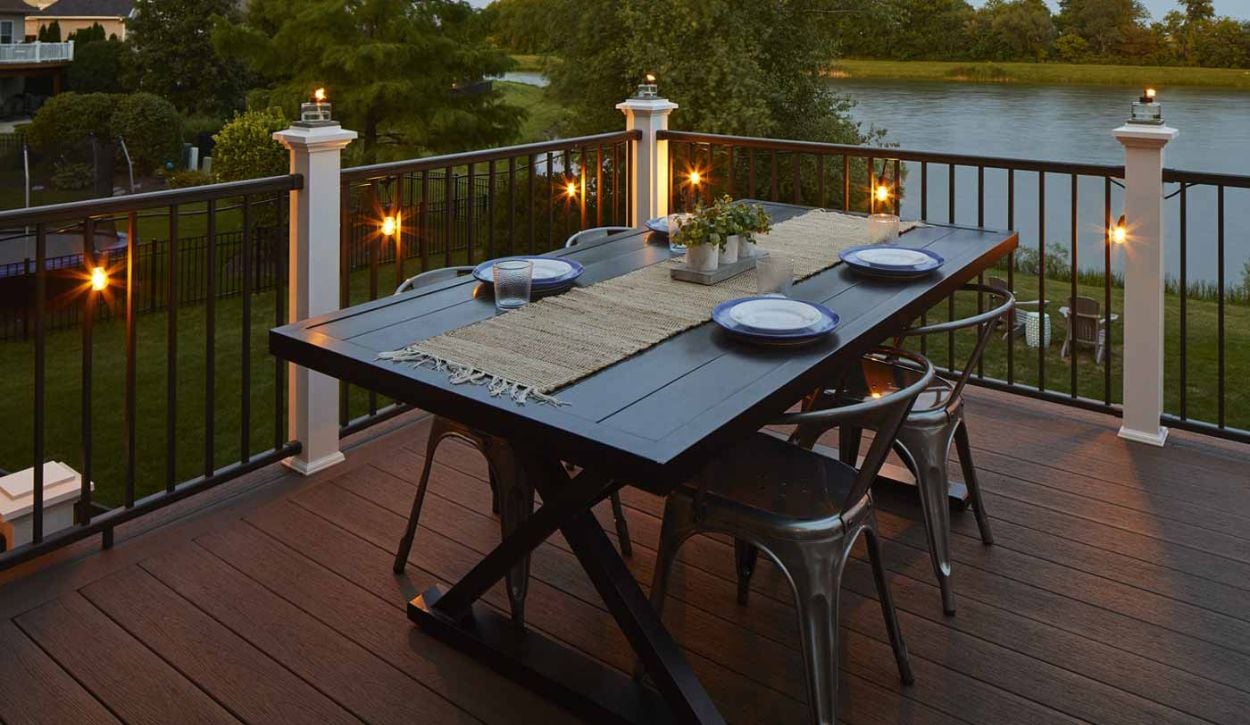 Pecan deck boards from the TimberTech Composite Legacy Collection
Pecan deck boards from the TimberTech Composite Legacy Collection
Composite decking is made from a combination of wood fibers and recycled polyethylene. Containing up to 80% recycled materials, composite deck boards are an eco-friendly product that is insect-proof and moisture resistant. This recycled material is encased in a synthetic polymer cap for extra protection from rain and moisture, resulting in a durable and very low maintenance deck. And modern composite decks are designed to imitate a natural wood grain as closely as possible – minus the splinters.
Types of Composite Decks
Premier decking manufacturer TimberTech offers composite decking in two different product styles: 3-sided capped composite and 4-sided capped composite. Both styles feature slip-resistant wood-grain textures and an extensive selection of decking colors.
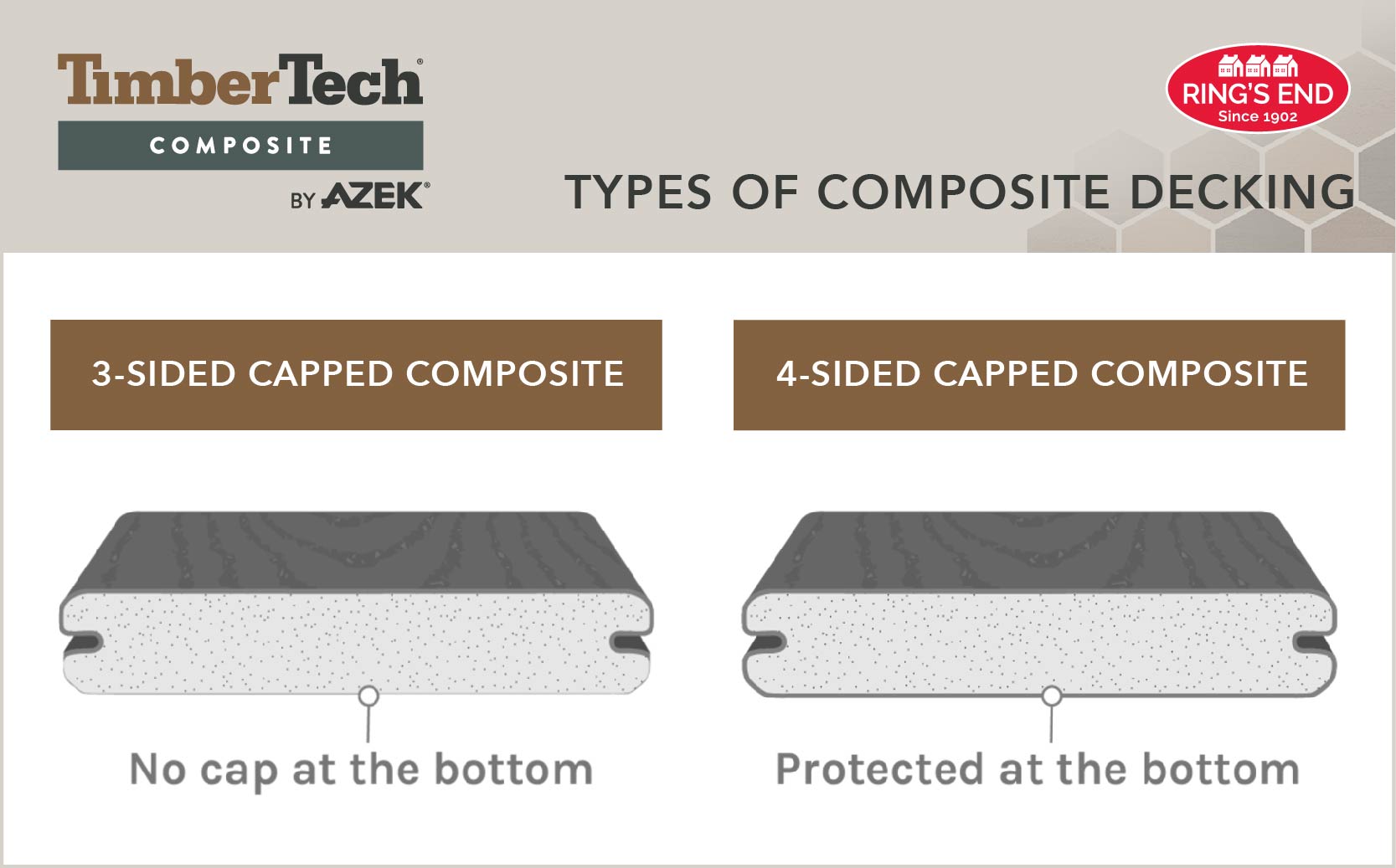
4-sided capped composite deck boards are fully wrapped to provide the best moisture protection with a 30-year warranty. 3-sided capped composite deck boards are wrapped on all sides except for the bottom. This does create slight vulnerability to the elements, but offers some cost savings and still comes with a 25-year warranty.
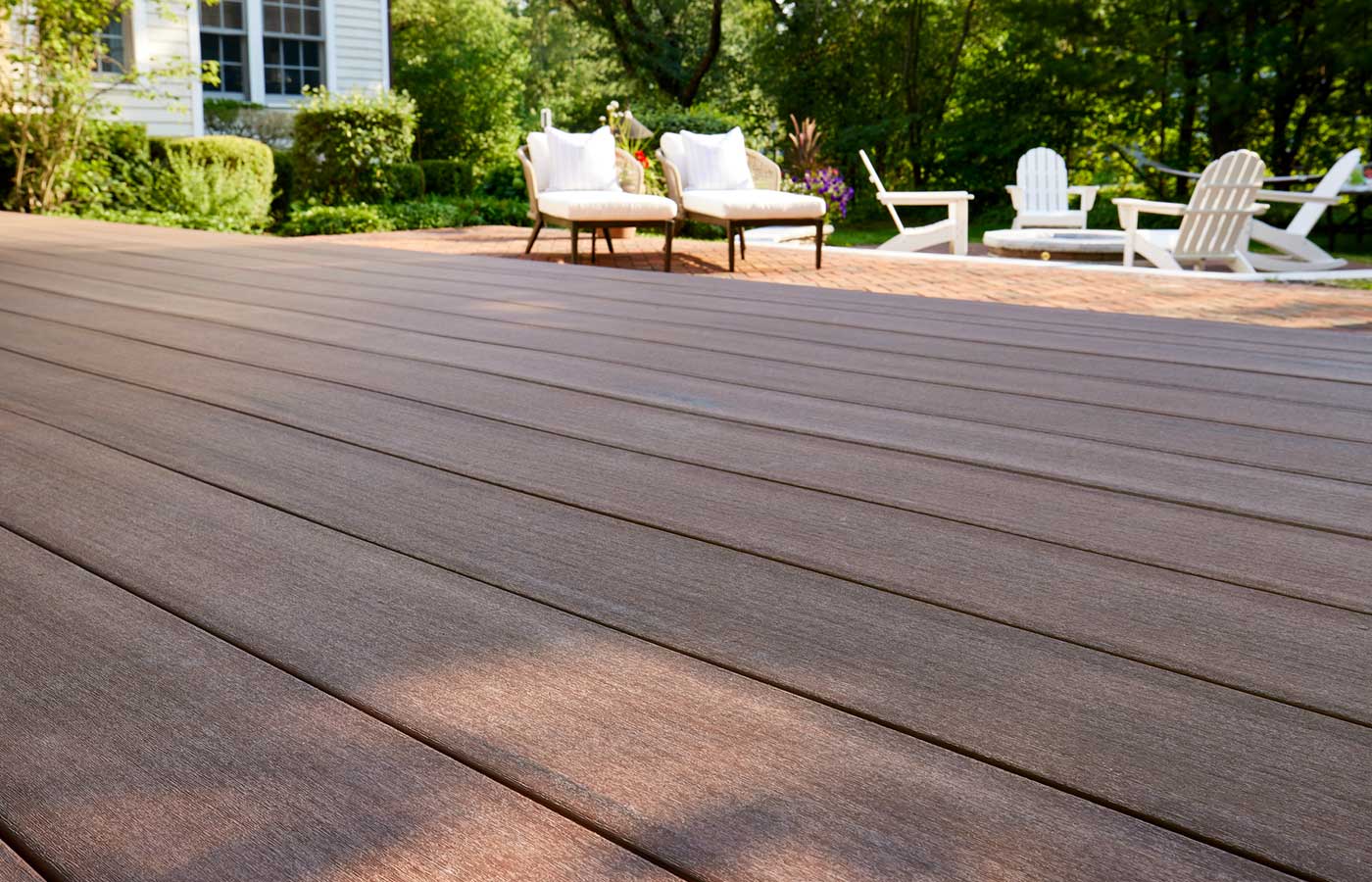
Advanced PVC Decking in Wide Width Mahogany from TimberTech’s Vintage Collection®.
Composite vs. PVC Decking
Composite decks aren’t the only engineered decking option available to homeowners. PVC decking is a 100% fabricated material that offers maximum durability, weather protection, and customization options. Learn more about the differences between composite and PVC decks in this guide.
Benefits of Composite Decks
The main benefits of composite decking are its impressive lifespan and minimal maintenance requirements. High-quality composite decks from TimberTech, for example, have an extremely durable lifespan backed by a 30-year warranty. And while composite decks still need to be swept clear of debris and washed occasionally, they are inherently weather-resistant and maintain their color without needing paint or sealer.
Drawbacks of Composite Decks
The biggest disadvantage of composite decking compared to wood decking is the upfront cost. But keep in mind that a natural wood deck may not always be the more affordable option, between maintenance requirements and high lumber prices. Exotic hardwood decks in particular are higher priced options that come at an upfront cost comparable to composite decking.
And while composite decks can’t perfectly imitate a wood grain, high-quality engineered decks from manufacturers like TimberTech are available in a variety of wood-inspired colors. We’re confident you will find composite decking to not just be a more practical option, but a truly beautiful choice for your outdoor living space.
Why We Recommend Composite Decks to Homeowners
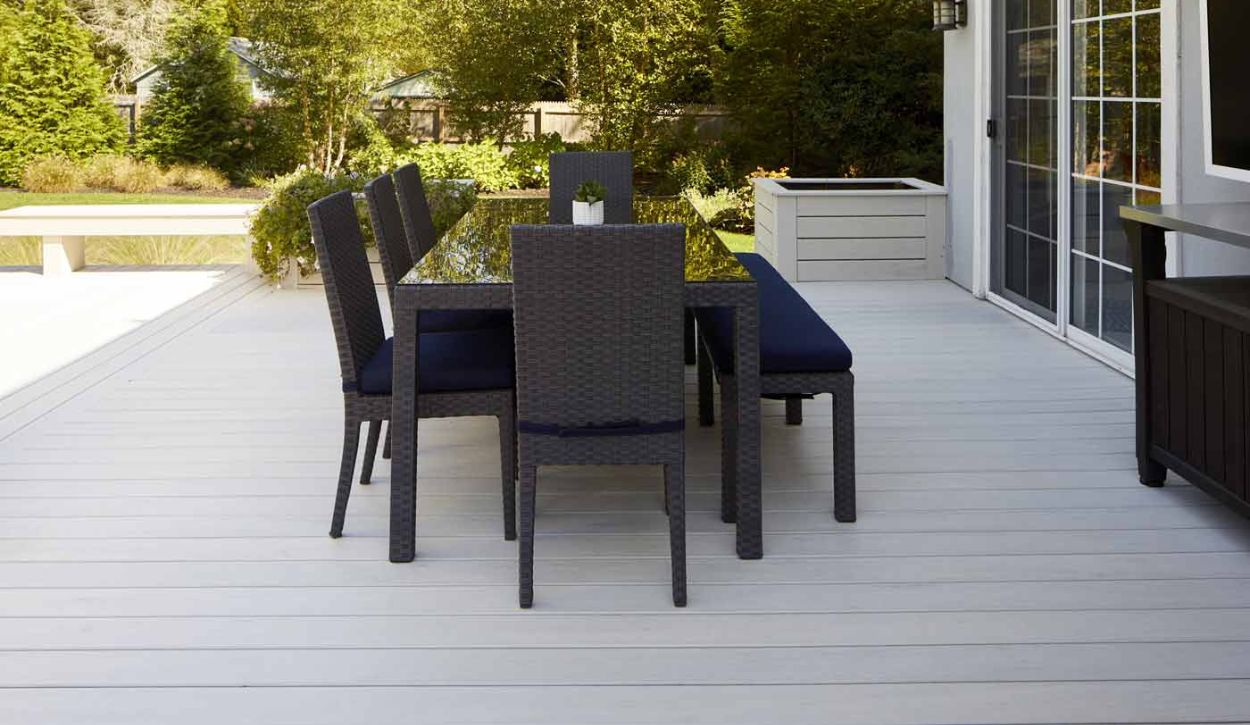 Whitewash Cedar® decking from the TimberTech Composite Legacy Collection®
Whitewash Cedar® decking from the TimberTech Composite Legacy Collection®
We recommend that homeowners opt for engineered decking solutions to enjoy the best of both worlds. Composite decking creates a beautiful, natural-looking living space that also lasts with minimal care. And for homeowners who live in cold, wet climates, installing a composite deck comes with the peace of mind that harsh winters and temperature fluctuations won’t ruin the space you worked so hard to create. High-quality composite materials guarantee a deck you can appreciate season after season!
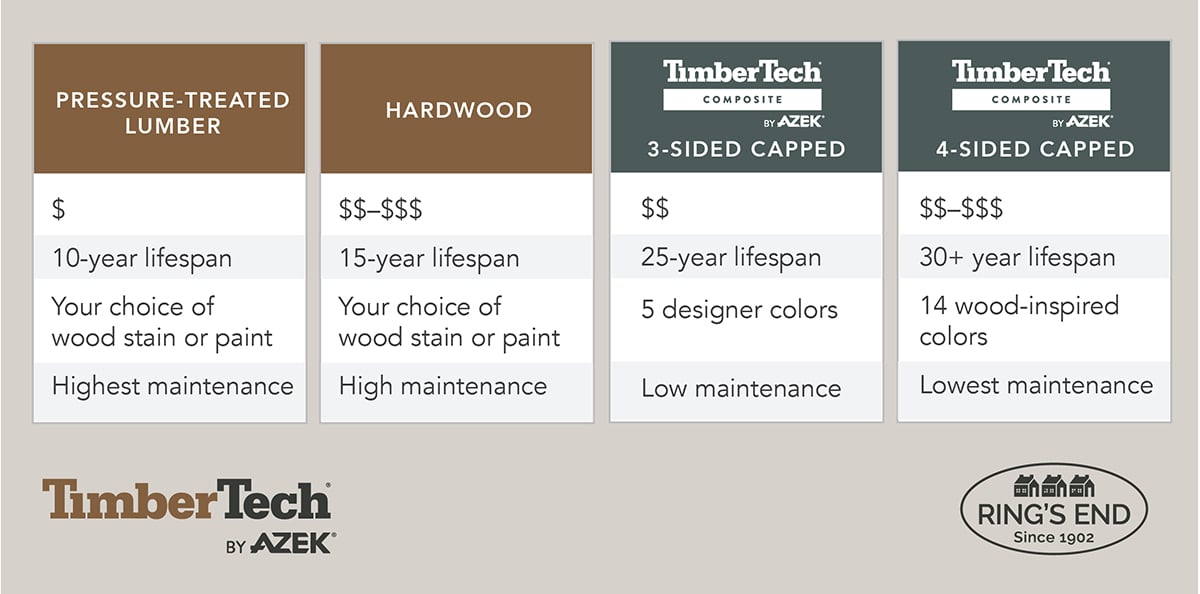
To learn more about composite deck board colors and design options, check out our guide to Choosing the Best TimberTech Color, or chat with us today for expert advice! A Ring’s End sales representative can help guide you to the best TimberTech products for your home improvement project.


